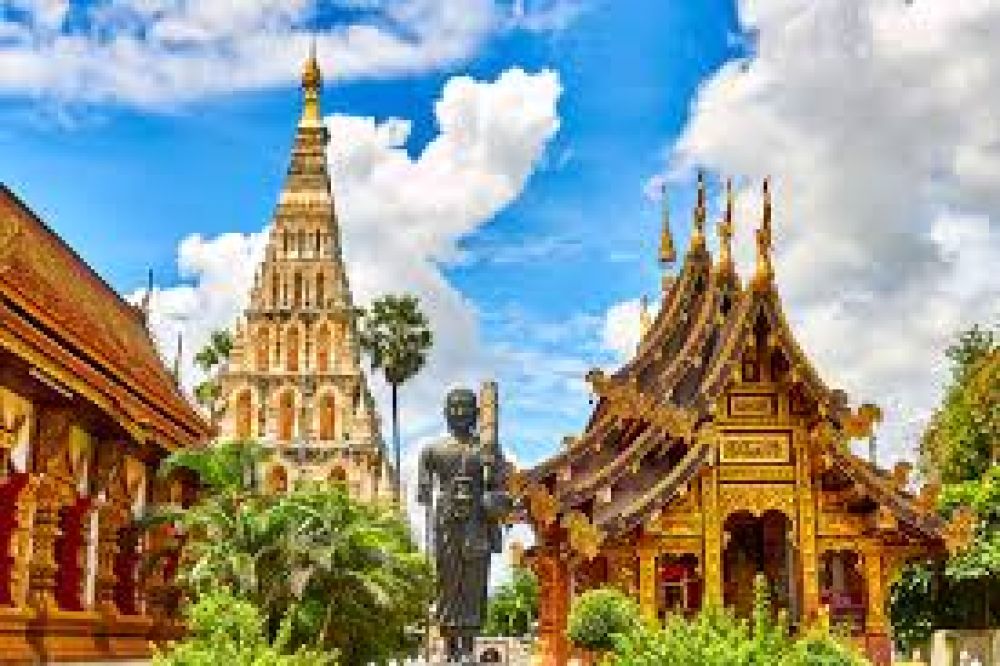

Wiang Kum Kam is an ancient city and archaeological site near Chiang Mai, Thailand, which has become an increasingly popular destination for tourists interested in the rich history of the Lanna Kingdom. Established by King Mangrai in the late 13th century, Wiang Kum Kam served as the capital before the establishment of Chiang Mai.
The founding of Wiang Kum Kam marks an important event in the history of the Lanna Kingdom. However, its prosperity was short-lived, as the city was prone to flooding from the Ping River, which led King Mangrai to move the capital to present-day Chiang Mai. For centuries, Wiang Kum Kam was buried under layers of mud and was forgotten until it was rediscovered in 1984, leading to extensive archaeological work.
Since its rediscovery, the Thai government and various organizations have put considerable effort into uncovering and restoring the ancient city. Excavations have unveiled numerous temples, Buddha statues, and artifacts, providing visitors with a glimpse into the region's historical and cultural significance.
Today, Wiang Kum Kam attracts tourists with guided tours offering insight into its unique history. Visitors can explore the site on foot, by bicycle, or even via horse-drawn carriage, allowing them to experience the site at a more leisurely pace. The area has also become a hub for cultural activities and traditional Thai festivals, which are significant draws for both local and international tourists.
The latest tourism trend in the region emphasizes sustainable and cultural tourism. Visitors are encouraged to engage with the local community, learn about northern Thai culture, and contribute to the preservation of the site. Ecotourism is gaining traction, with more tour operators and accommodations focusing on minimizing their environmental impact and supporting local economies.
For those planning a visit to Wiang Kum Kam, the site is accessible throughout the year. The best time to visit is during the dry season, from November to February, when the weather is cooler and there is less risk of rain. Tourists are advised to wear respectful attire when visiting religious structures, as it is customary in Thai culture.
In conclusion, the historical significance and charm of Wiang Kum Kam, coupled with the contemporary focus on sustainable and cultural tourism, make it a must-visit destination for those looking to explore the roots of Lanna civilization and experience the rich heritage of Chiang Mai.